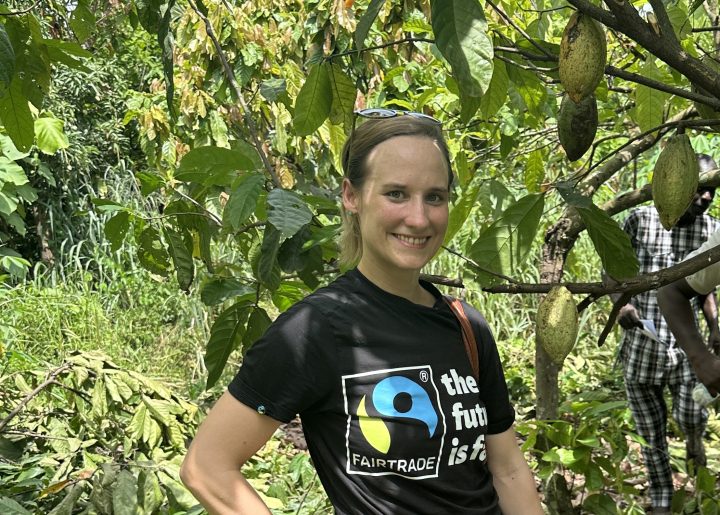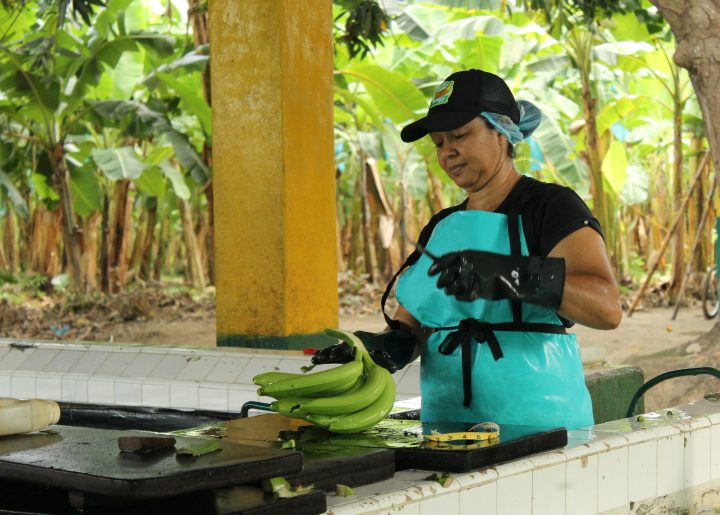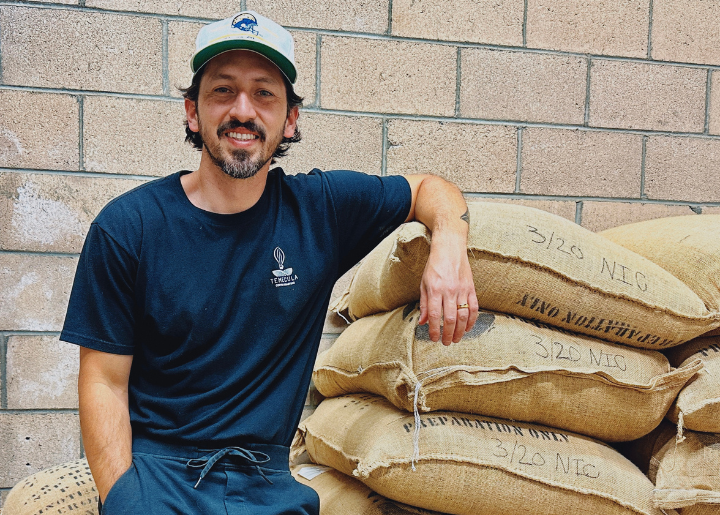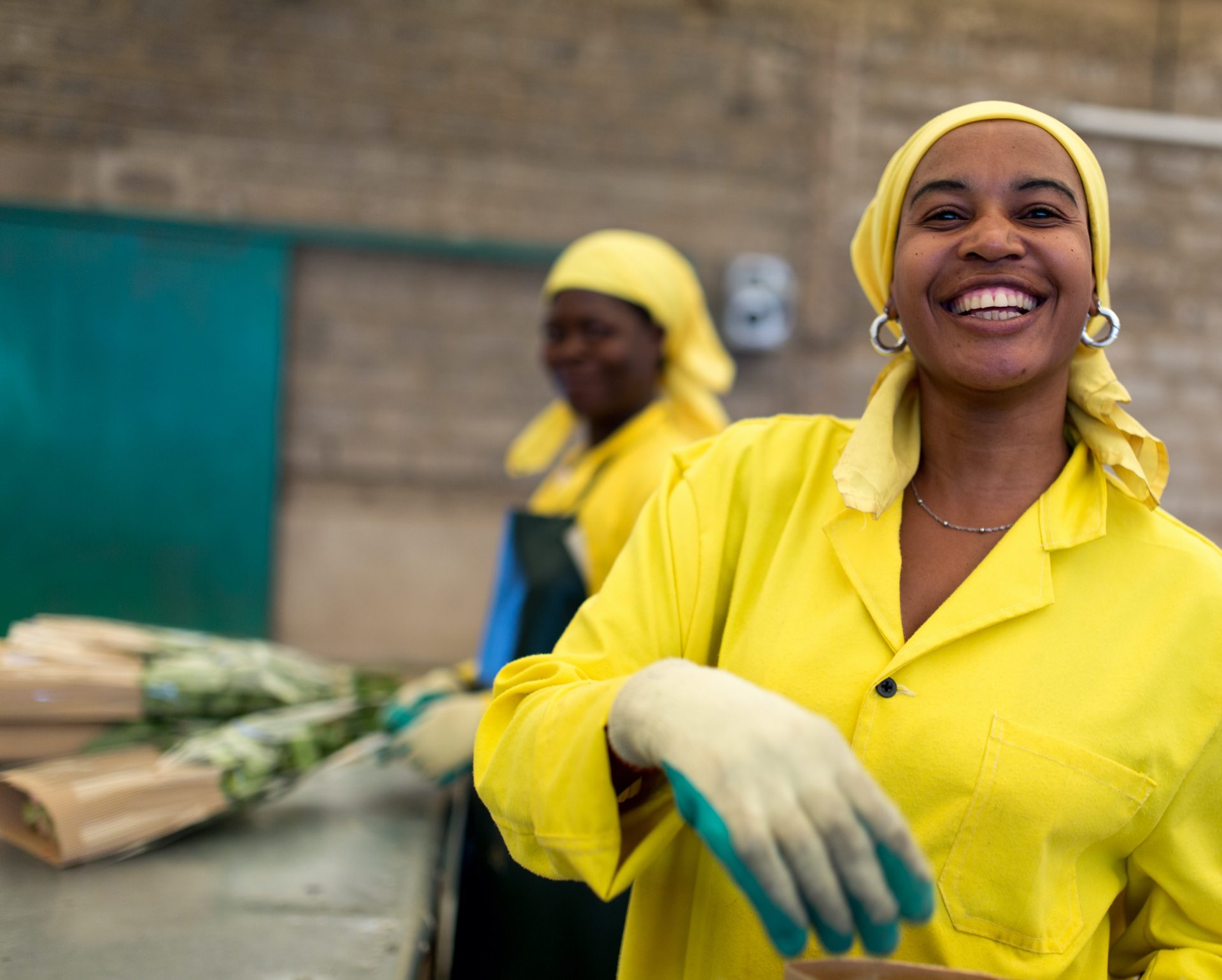Who’s the Fairest: Why Fairness in the Gum Industry Can Be a Sticky Subject
hroughout October’s Fair Trade Month, we are featuring Fairness Champions, people from all walks of life with a unique perspective on what’s ‘fair’. Phoebe Neel is a photojournalist, photographer, and floral designer based in Providence, RI. She is also the proud daughter of Glee Gum founder Deborah Schimberg.
Companies often develop the concept for a product first, and then decide where to source their ingredients. For Deborah Schimberg of Glee Gum, it was the desire to use an ethically sourced ingredient that launched what is now an international, natural candy company.
Most of us never think – and might even prefer not to think – about what makes chewing gum chewy. To achieve that distinctive gummy texture, the vast majority of companies use a synthetic gum base and petroleum by-products. However, chewing gum dates back to the ancient Maya. They were the first to indulge in gum, although they considered it impolite to chew in public.
Way back when, gum came from the sap of the Sapodilla trees, a rainforest tree native to the Petén region of Northern Guatemala, Southern Mexico, and Belize. This sap, known as chicle, was also used for spiritual purposes and in incense burning rituals. Skilled laborers called chicleros scaled the trees and cut a network of slashes in their bark to tap them for sap. In the modern age, the sustainable harvest of chicle gave birth to mass-produced chewing gum – and the iconic name Chiclets.
Since the early 20th century, chicleros have faced difficult, dangerous, and often unjust working conditions, as well as low wages. The situation worsened for them when, around World War II, the entire gum industry began to use chemical alternatives in place of chicle.
“Their communities were affected enormously,” explains Schimberg. “After Cancún and the Mayan Riviera were developed, most people were forced to turn away from their subsistence lifestyles and look to tourism for work. In the march of what some people call progress and others call exploitation, the Mayans were left behind, subjugated, and oppressed.”
Returning to the Original
Schimberg got to know chicleros herself during an educational fellowship in Latin America. She brought a block of chicle back home with her to the States and, in 1995, used it to develop a Make Your Own Chewing Gum Kit for kids. Three years later, her nascent company introduced the brand Glee Gum, a ready-made chewing gum with a natural, chicle gum base. “What the use of chicle represents,” she says, “is a renaissance of sorts. It’s making it possible for an ancient culture to continue and survive in today’s economy.”
As of this year, Schimberg reports that Glee Gum has purchased 40,000 pounds of gum base made from chicle. This “translates to thousands of chicleros receiving an income for engaging in sustainable, community forestry,” she notes.
That said, Mayans’ struggle to make a living in the modern world continues. At present, only 1 percent of Mayans have college degrees, a fact that propels Glee to support a public school called the Intercultural Maya University of Quintana Roo.
In a business world driven by standardization and cost, the use of an ingredient like chicle is far from straightforward.
“As a natural product, there’s a great deal of variation from batch to batch, so using it is problematic in a lot of respects and considerably more expensive than using synthetic gum base,” Schimberg reveals. “Because so few manufacturers use chicle anymore, there also have yet to be standards for its fair trade certification to be developed.”
In the absence of certification, Schimberg maintains close connections with her suppliers to ensure that the chicle in Glee Gum is fairly traded. “When we made the decision to use chicle in our gum base, it wasn’t just a marketing decision,” she recalls. “It was really an attempt to align ourselves with our values.”
Glee Gum is made by Verve, inc., an independent, certified woman-owned business, dedicated to linking world communities and creating environmentally and socially responsible products. Six Fairtrade Certified flavors of Glee Gum are sweetened with Fair Trade cane sugar. Verve also produces three candy-making activity kits, including two that are Fair Trade. Verve is based in Providence, RI, in a newly rehabbed, solar-powered building. Learn more at GleeGum.com.
Topics
We’re in this together
Fairtrade America partners with brands on the journey to certification and beyond. We can help with everything from finding a certified supply chain to marketing your newly certified product.
Get in Touch



